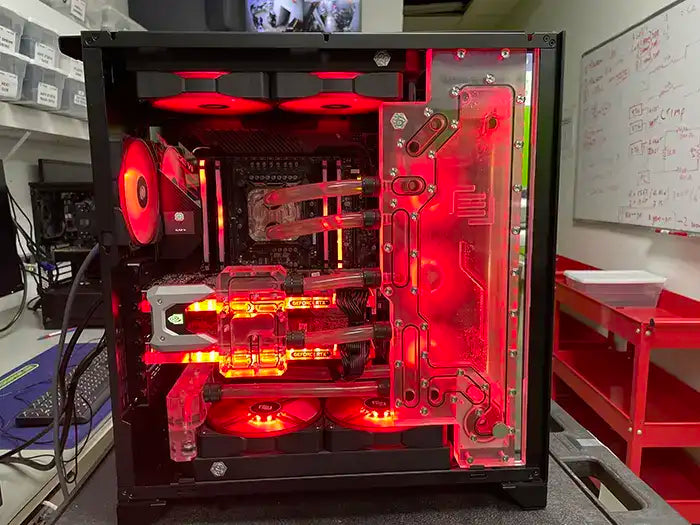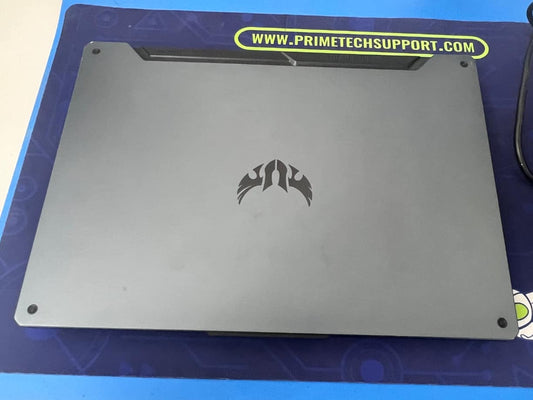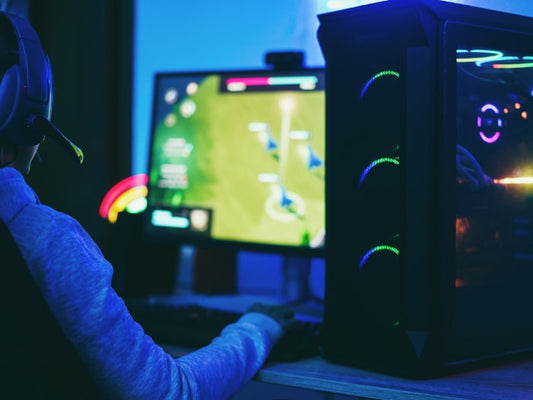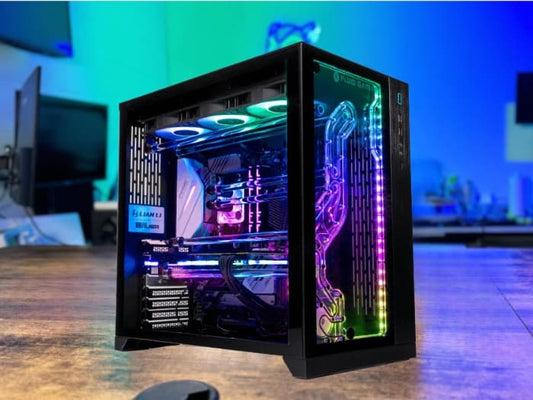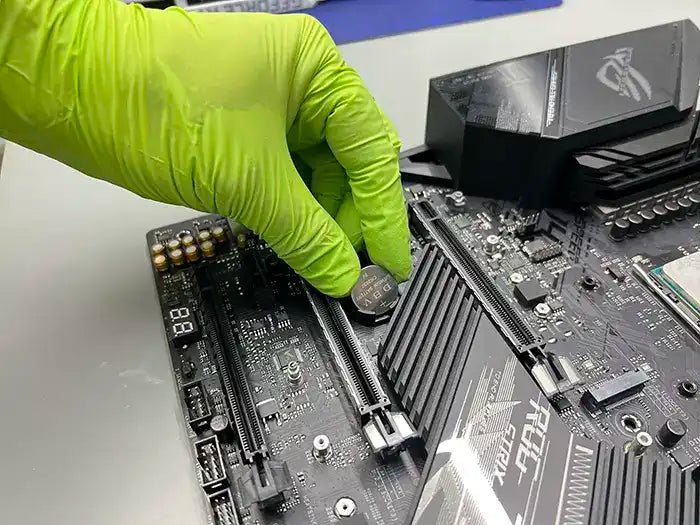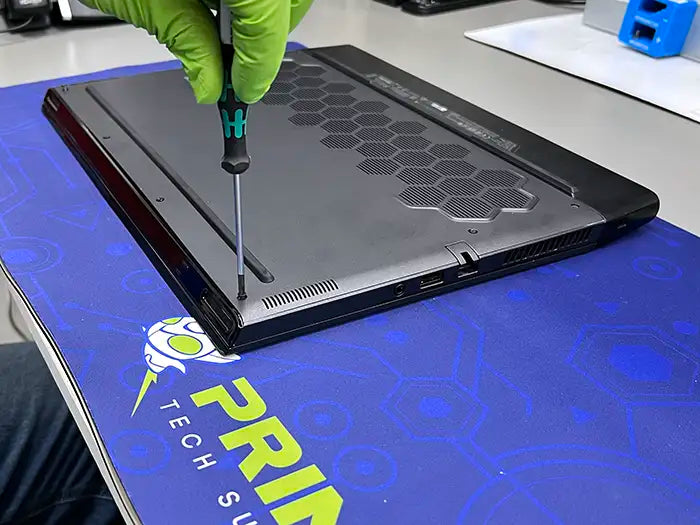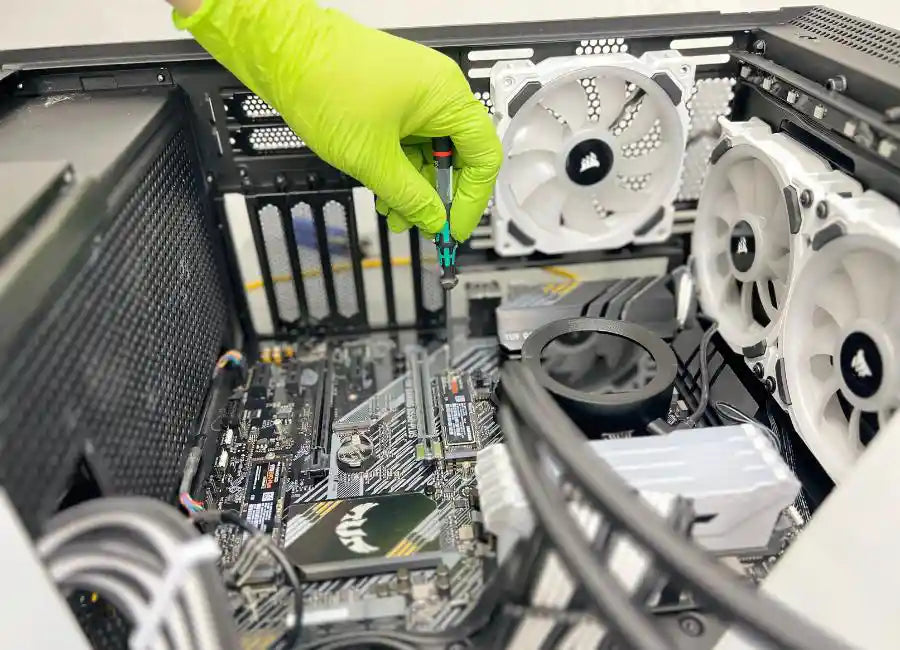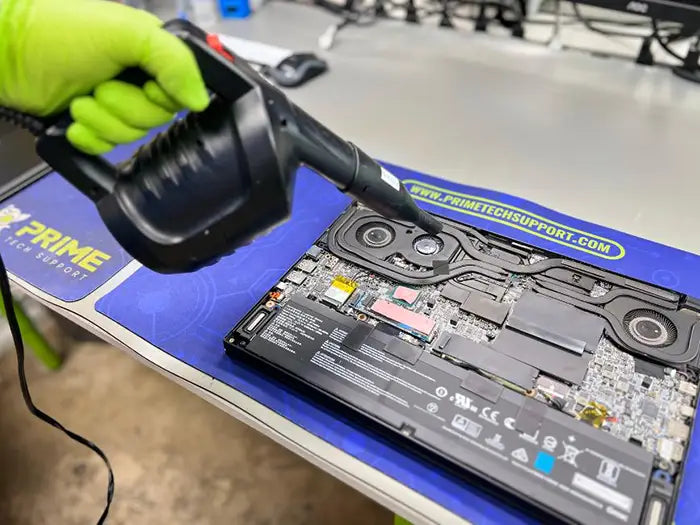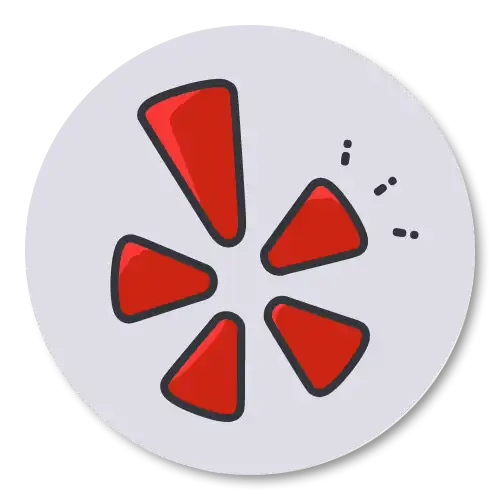How Does Your Motherboard Work?
Who Is This Article For?
Enthusiasts: Tailored for enthusiasts with foundational tech knowledge, this article bridges basic and advanced concepts, focusing on intermediate-level tech support topics.
Table of Contents
The Motherboard, often referred to as the "Mobo" or main board, is the vital centerpiece of any computer system. It serves as the central hub connecting and facilitating communication among critical components like the CPU, RAM, storage devices, and expansion cards. Without it, these components would operate in isolation.
The Motherboard provides the necessary sockets, slots, and firmware to enable seamless integration and initialization during boot-up. It also manages power distribution, data transfer, and determines the computer's size and upgradability.
In this article, we delve into the intricate workings of the Motherboard, its components, architecture, interfaces, and various form factors, offering a comprehensive understanding of its role in computing.
Understanding the Motherboard
A Motherboard, often referred to as the main board or 'Mobo', is the backbone of a computer system. It's a large, flat circuit board that plays a crucial role as the central hub where all other components of a computer connect and interact.
Acting like a nerve center, the Motherboard holds and allows communication between the critical parts of a computer, including the CPU (Central Processing Unit), RAM memory (Random Access Memory), storage devices (like SSDs and hard drives), and expansion cards (such as video and sound cards).
Essentially, a Motherboard ensures that all these components work together harmoniously. It provides the necessary sockets and slots for attaching these components, like the CPU socket, RAM slots, and various expansion slots (PCIe slots).
Additionally, it includes connectors for storage devices and ports for external peripherals. The Motherboard also houses the system's firmware, like the BIOS or UEFI, which initializes the hardware before booting the operating system.
Moreover, it facilitates power distribution to various components and supports data transfer through different buses and interfaces. Its design and form factor, like ATX or microATX, determine the size of the computer case and the extent of upgradability. In summary, a Motherboard is the foundational platform that dictates the capabilities, performance, and scalability of a computer.
Key Components of a Motherboard
The Motherboard, houses several essential components:
CPU Socket: This is the dedicated slot where the Central Processing Unit (CPU), the computer's brain, is installed. The CPU socket's design varies based on the processor's make and model, ensuring precise electrical and data connection between the CPU and the Motherboard. It's crucial for processing all computational tasks.
Memory Slots: These slots are designed for Random Access Memory (RAM) modules, specifically DIMM (Dual Inline Memory Module) for desktops. RAM is essential for storing data temporarily while the computer is running, allowing the CPU to access and process information quickly. The number and type of memory slots dictate the Motherboard's RAM capacity and speed.
Expansion Slots: Primarily PCIExpress (PCIe) slots in modern Motherboards, these allow the addition of various expansion cards like video (graphics) cards for enhanced graphics processing, sound cards for improved audio capabilities, and network cards for internet and network connections.
Storage Connectors: These include SATA connectors for connecting hard drives and solid-state drives (SSDs) and the newer, faster M.2 slots designed for compact, high-speed M.2 SSDs. These connectors are vital for data storage and retrieval, with M.2 slots offering superior data transfer speeds compared to traditional SATA connectors.
Each component plays a pivotal role in enhancing the computer's functionality, allowing for customization and upgrades to meet specific user needs.
Voltage Regulation in the Motherboard
Computer power supplies output 12 volts, but this is too much for a CPU, which, according to Texas Instruments typically needs about 1.2 volts. Exceeding this can damage the CPU. To prevent this, Voltage Regulation Modules (VRMs) step down the voltage. VRMs are crucial for overclockers, as they manage the CPU's power supply.
A basic VRM circuit includes two MOSFETs (acting as switches), an inductor, and a diode. MOSFETs (Metal-Oxide-Semiconductor Field-Effect Transistors) play a crucial role in the VRM (Voltage Regulator Module). The VRM is responsible for controlling the voltage supplied to vital components on the Motherboard, such as the CPU and graphics card.
MOSFETs in the VRM act as efficient switches, regulating the power that these components receive to ensure they operate optimally without being damaged by excessive voltage. This regulation is essential for the stability and longevity of the PC's key components.
The MOSFETs switch on and off, controlling the voltage supplied to the CPU. The inductor converts electricity into a magnetic field, and the diode prevents damage when both MOSFETs are open. However, MOSFETs generate heat when switching, so there's a balance to be struck between the frequency of switching and heat generation.
To ensure cleaner power, instead of faster switching MOSFETs, more MOSFETs are used. This is what's referred to as 'phases' in VRM terms. More phases mean cleaner power but also more complexity. Motherboards are often described in terms of phases, like "eight plus two," indicating the number of phases for the CPU and RAM.
Interestingly, high-end Motherboards often have many phases and efficient components but also come with substantial VRM heat sinks, primarily for aesthetic purposes.
Mid-range boards might need better VRM cooling. However, for most uses, including moderate overclocking, extensive VRM cooling is not necessary.
CPU Communication with the System
The speed at which a CPU communicates with other system components, like RAM, is also crucial. The distance an electric signal can travel in a nanosecond is a physical limitation that impacts this communication.
For example, at 5,000 megahertz, RAM can send data every 0.2 nanoseconds, but the actual physical distance covered by an electrical signal in that time is very small.
It's important to note that when we say RAM is running at 5,000 megahertz, it's actually completing 5,000 mega "transfers" per second. There's a difference between the frequency of the clock and the number of data transfers, which is a common point of confusion.
Motherboard Architecture
Modern Motherboards feature a key component known as the PCH, or Platform Controller Hub. This Intel chipset architecture has replaced the older dual-chipset design found on older Motherboards. In the past, Motherboards had two separate chips, known as the northbridge and southbridge, each performing different functions.
The northbridge was located on the upper part of the Motherboard. It acted as a mediator between the CPU, PCIExpress bus, and memory. The southbridge, situated on the lower part, managed interfaces like standard PCI slots, SATA connectors, and USB ports. The CPU communicated with these interfaces through the southbridge.
However, in the current PCH architecture, this has changed. The functions previously handled by the northbridge are now largely integrated into the CPU itself. This integration has led to the elimination of the northbridge chip. Meanwhile, the platform controller hub chip has taken over all the functions of the southbridge.
This streamlined architecture simplifies the Motherboard design and improves communication efficiency between the CPU and other Motherboard components.
Interfaces and Connectivity
Modern Motherboards come with various input/output interfaces, mainly located on the rear input/output panel. Here's a breakdown of common interfaces and their roles:
USB Ports: Standing for Universal Serial Bus, these are perhaps the most common interfaces. Motherboards often have multiple USB ports to connect peripherals like keyboards, mice, cameras, external drives, and printers.
Besides connectivity, USB ports also supply power to these devices. Most USB ports are on the rear panel, but some can be found on the Motherboard's surface.
Integrated Video Adapters: Some Motherboards have built-in video adapters, known as integrated video. Older boards might have DVI or VGA ports, while newer ones typically feature HDMI or DisplayPort.
Integrated video is fine for everyday use and light applications. However, for demanding graphics tasks like Gaming, they may not suffice. In such cases, people often add a more powerful expansion video card.
Network Interface Card (NIC): This interface includes a port for an RJ-45 connector, using an Ethernet cable to connect the computer to a network.
Sound Card: Integrated sound refers to a built-in sound card on a Motherboard. This card processes audio output through the computer's speakers.
These components collectively support the diverse connectivity and functionality needs of modern computing, from basic tasks to more complex applications like Gaming and network connectivity.
Motherboard Form Factors
Motherboards come in different shapes and sizes, known as form factors, each designed to meet various needs and preferences in the world of computing.
Standard Form Factors:
The most common Motherboard form factor in PCs today is the ATX, which stands for Advanced Technology Extended. Created in 1995, ATX has become the de facto standard for PC Motherboards. A typical full-size ATX Motherboard measures 12 x 9.6 inches, offering a balance of size and compatibility with a range of hardware components, making it a popular choice for many PC builds.
ATX (Advanced Technology Extended): The ATX form factor, established in 1995, has become the standard for most desktop PCs. Measuring 12 x 9.6 inches, ATX Motherboards offer ample space for CPU, RAM, and multiple expansion slots (including PCIe slots), making them ideal for users seeking high performance and expandability.
They accommodate multiple storage options, have numerous USB and other I/O ports, and provide robust power delivery systems. Their size suits larger computer cases, favored in Gaming and professional workstations where additional components like multiple graphics cards or extensive cooling solutions are needed.
Micro ATX: Micro ATX Motherboards are a more compact version of ATX, measuring 9.6 x 9.6 inches. While they maintain compatibility with ATX mounting points, they usually have fewer expansion slots and memory slots due to their smaller size.
This makes them a more cost-effective and energy-efficient choice, suitable for users who require a smaller form factor for mid-sized or mini cases and do not need extensive expandability. They are ideal for general use computers, home theater PCs, or budget Gaming systems.
Previous and Alternative Form Factors:
Before the ATX, the AT form factor, standing for Advanced Technology, was prevalent. Developed by IBM in the 1980s, AT Motherboards are larger, measuring 12 x 13.8 inches. However, they are no longer in development since the ATX took over as the standard. An alternative to ATX is the Micro ATX form factor.
As the name suggests, Micro ATX boards are smaller, measuring 9.6 x 9.6 inches, and they have a square design compared to the rectangular ATX. These boards are designed to fit in smaller computer cases. They are more affordable and consume less power than standard ATX boards, but they also have fewer features due to their compact size.
Conclusion
The Motherboard is the heart of your computer, intricately linking all components to function as a cohesive unit. From managing data flow between the CPU, RAM, and other peripherals to determining the computer's capabilities and expandability, the Motherboard's role is pivotal.
With a variety of form factors like ATX and Micro ATX, it caters to different needs, from high-end Gaming setups to compact, energy-efficient builds. Understanding your Motherboard's architecture, components, and connectivity options is key to optimizing your PC's performance.
Whether you're building a new system or upgrading an existing one, choosing the right Motherboard is crucial. If you need expert advice or assistance in selecting and setting up the perfect Motherboard for your needs, consider Prime Tech Support's professional services.
Our team can guide you through the complexities of Motherboard functionalities and ensure your computer is optimized for your specific requirements, be it for Gaming, professional work, or everyday use.
Sources
- ROG Strix Z790-E Gaming WiFi II Motherboard
- Texas Instruments Document on Core Voltage Requirement
- Tom's Hardware Forum - Is My CPU Voltage Normal?
- ROG Crosshair X670E Hero Motherboard
- Wikipedia - Platform Controller Hub
Articles You Might Be Interested In
· 2023 Guide: Optimal GPU-CPU Combinations for Ultimate Gaming Performance
· How To Build a Gaming Streaming Pc: A Step-by-Step Guide
· Best GPU For PC Gaming PC: Top Gaming GPU’S In 2023
SAME-DAY REPAIRS
Gaming PC Diagnostic
Fast tech support for Gaming Computers. We exceed customer expectations and ensure satisfaction.



